Digital art has rapidly transformed the creative landscape, merging technology with artistic expression. As artists adopt innovative tools to create dynamic, immersive, and interactive pieces, the demand for experiencing digital art firsthand has grown. Museums worldwide are now dedicating entire spaces to showcase these cutting-edge works, allowing visitors to engage with art like never before.
Top 10 Museums Showcasing Digital Art
1. TeamLab Borderless (Tokyo, Japan)
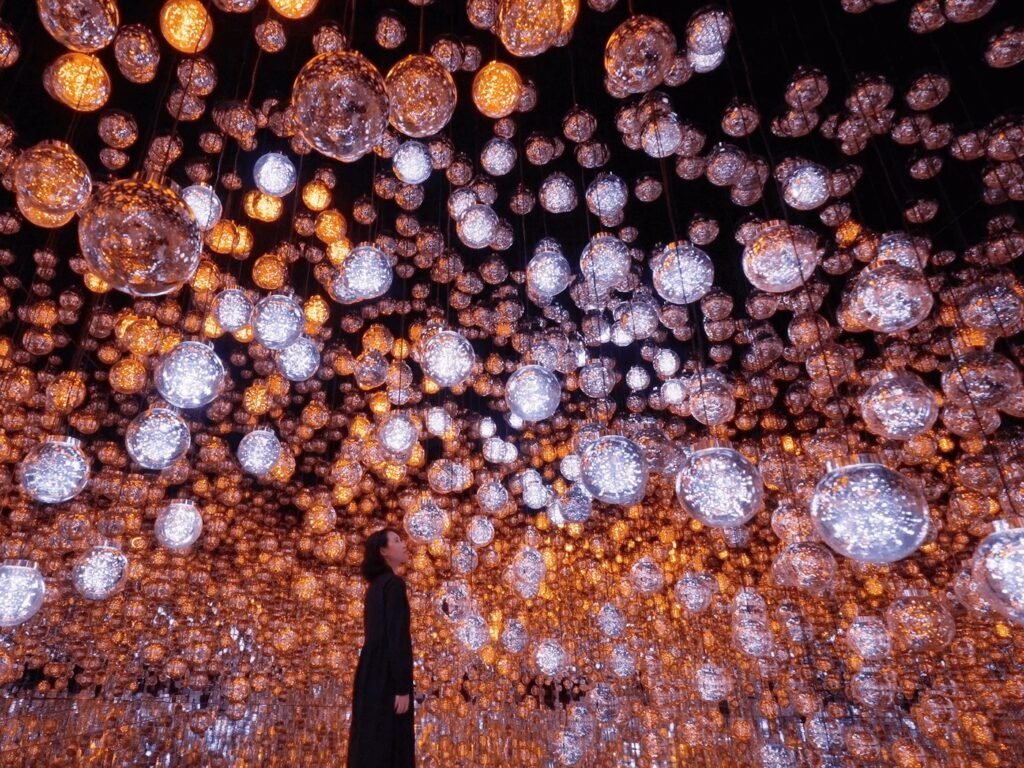
teamLab Borderless is a groundbreaking digital art museum where boundaries between artwork and the viewer dissolve. Its immersive, large-scale installations use light, sound, and motion sensors to create interactive experiences that change in real-time based on visitors’ movements, making each visit unique. It’s a must-see for lovers of immersive, futuristic art.
2. Ars Electronica Center (Linz, Austria)

Known as the “Museum of the Future,” Ars Electronica Center is a hub for innovation at the intersection of art, technology, and society. It offers interactive exhibits that explore artificial intelligence, robotics, biotechnology, and digital art. The museum also hosts the annual Ars Electronica Festival, one of the world’s largest gatherings of digital artists and technologists.
3. Museum of the Moving Image (New York, USA)
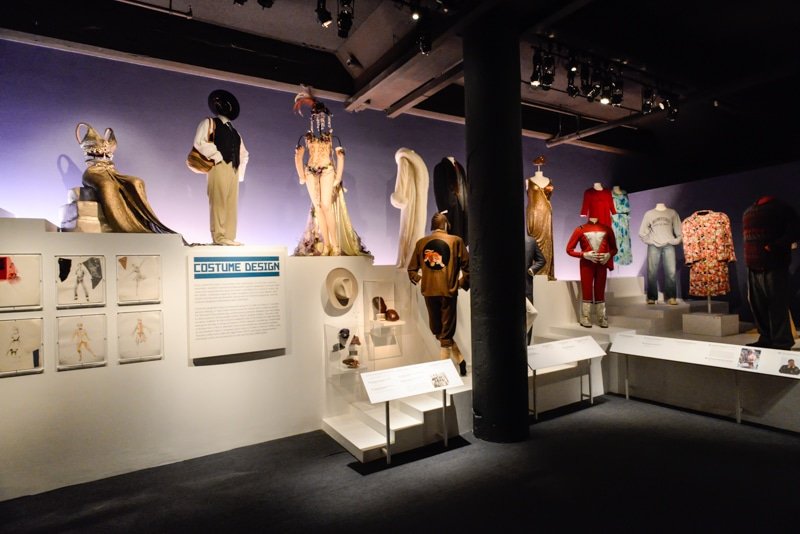
The Museum of the Moving Image focuses on digital art related to cinema, video games, and media. Exhibits explore the history and future of visual storytelling, with digital installations, interactive displays, and behind-the-scenes insights into film and media production. The museum also hosts film screenings, VR experiences, and digital art installations.
4. ZKM Center for Art and Media (Karlsruhe, Germany)
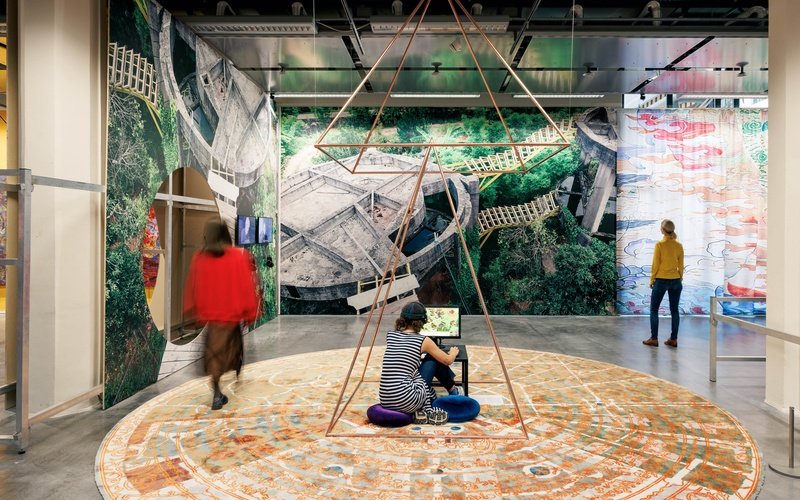
ZKM is one of the world’s foremost institutions dedicated to contemporary art, media, and technology. It features a wide range of digital and interactive art, exploring themes like virtual reality, artificial intelligence, and digital culture. ZKM frequently showcases avant-garde digital works that blur the line between art and technology.
5. The Mori Art Museum (Tokyo, Japan)
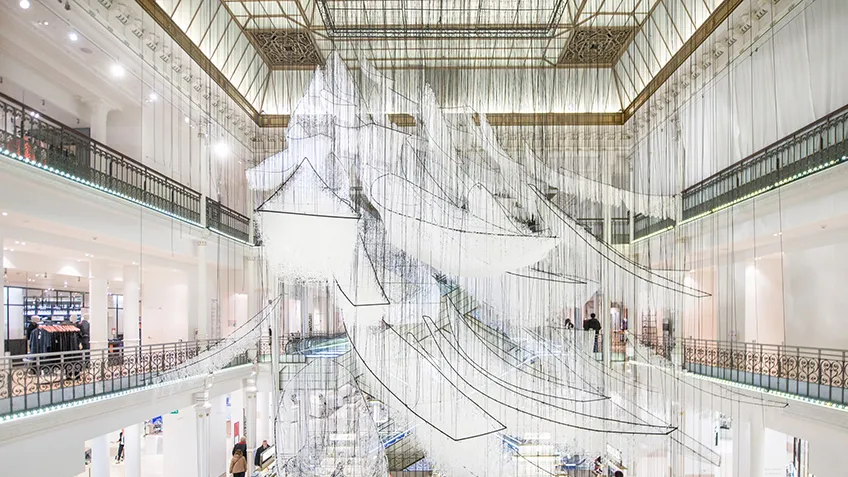
The Mori Art Museum, located atop the Roppongi Hills Mori Tower, hosts exhibitions that merge contemporary art with technology. It often features cutting-edge digital art installations, video art, and multimedia pieces. The museum’s panoramic views of Tokyo make it an iconic destination for art lovers and technology enthusiasts alike.
6. The New Museum (New York, USA)

The New Museum is a renowned contemporary art institution that frequently highlights artists working with digital and new media art forms. Its exhibitions often include virtual reality, AI-driven works, and immersive digital installations, making it a key player in promoting the integration of technology into the art world.
7. Barbican Centre (London, UK)
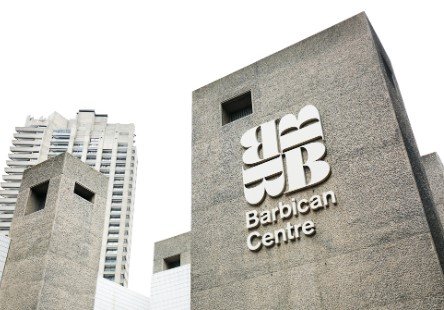
The Barbican Centre is Europe’s largest multi-arts and conference venue, hosting cutting-edge digital art exhibitions. Its Curve Gallery, in particular, is known for hosting immersive digital installations that challenge traditional forms of storytelling and visual experience. The Barbican also frequently explores the role of technology in art through its exhibition and event programming.
8. The Centre Pompidou (Paris, France)
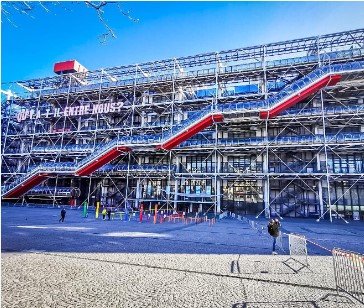
The Centre Pompidou is home to one of the most significant collections of modern and contemporary art, including numerous digital works. Its interactive digital art exhibitions and multimedia displays engage visitors in the evolving landscape of technology-driven art. Pompidou frequently features new media art alongside its extensive modern art collection.
9. Bitforms Gallery (New York, USA)
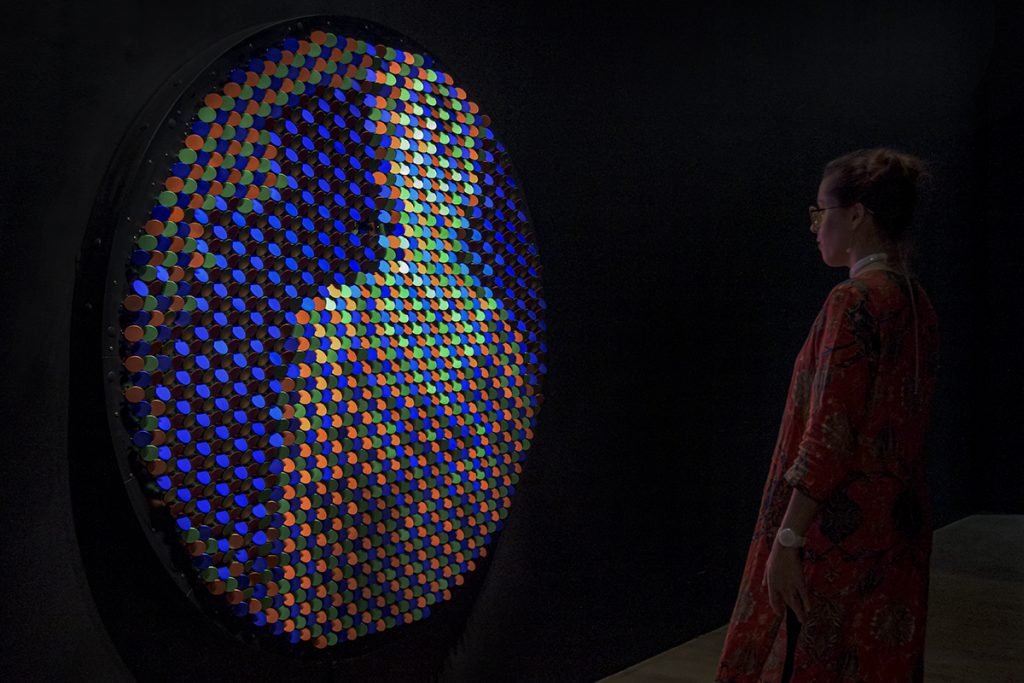
Bitforms Gallery is dedicated to digital and new media art, showcasing works by artists exploring the creative possibilities of technology. The gallery features pieces that blend art with algorithms, artificial intelligence, virtual reality, and interactive installations, representing a new wave of artists working at the digital frontier.
10. The Digital Art Museum (DAM) (Berlin, Germany)

The Digital Art Museum (DAM) is one of the first institutions dedicated solely to digital art. DAM showcases a variety of forms, including internet art, algorithmic art, and video installations. The museum is committed to exploring how technology influences art-making and how digital media are reshaping the art world.
These museums showcase groundbreaking digital art collections, featuring interactive displays, AI-driven installations, and virtual environments, offering visitors a unique glimpse into the future of artistic creation.
The Evolution of Digital Art
Digital art’s journey began with basic computer graphics and has evolved into a multi-faceted discipline, encompassing video art, 3D rendering, algorithm-based creations, virtual reality, and AI-generated art. This shift has been driven by technological advancements and artists’ desire to explore new mediums. Over the decades, digital art has moved from the fringes of the art world to become a celebrated form in its own right, embraced by museums and galleries globally.
Importance of Experiencing Digital Art in Person
While digital art can often be view on screens at home or online, nothing compares to the in-person experience. Museums that host digital art exhibits curate immersive, large-scale installations that envelop viewers in ways a laptop or smartphone screen cannot replicate. Experiencing digital art in person provides a multi-sensory engagement—visuals, sounds, and even physical interaction—that deepens the emotional impact of the artwork.
Museum Features and Highlights
Each of these top museums boasts standout features that enhance the digital art experience. For instance, teamLab Borderless is famous for its immersive, floor-to-ceiling installations that blur the line between art and viewer. The Ars Electronica Center allows visitors to create their own digital pieces, engaging them in the artistic process. The New Museum regularly hosts exhibitions that highlight the intersection of art and technology, with cutting-edge virtual reality pieces.
Planning Your Visit to a Digital Art Museum
When planning a visit, it’s essential to check the museum’s website for current exhibitions, as digital art shows can often be temporary. Consider booking tickets in advance, as many digital art museums have timed-entry slots due to the popularity of their exhibits. Visitors should also be prepare for interactive and participatory elements, as many digital art pieces encourage direct engagement. Comfortable shoes is recommend, as many of these exhibitions involve walking through expansive spaces.
Expanding the Reach of Digital Art Through Technology
While museums play a critical role in showcasing digital art, technology continues to expand its reach beyond physical spaces. Virtual museum tours, augmented reality experiences, and blockchain-based art marketplaces are helping to bring digital art to global audiences. With the advent of the metaverse, digital art is poised to take center stage in entirely virtual galleries, allowing for unprecedented access and exposure.
Embrace the Beauty of Digital Art in Museums
Digital art museums are more than just exhibition spaces—they are portals into the future of creativity. As digital art continues to evolve, it pushes the boundaries of what we understand as art. Visiting these museums allows us to witness firsthand the power of technology in shaping new artistic experiences. Whether you’re an art lover, a tech enthusiast, or simply curious, embracing digital art in museums opens the door to a world where imagination and innovation converge.



